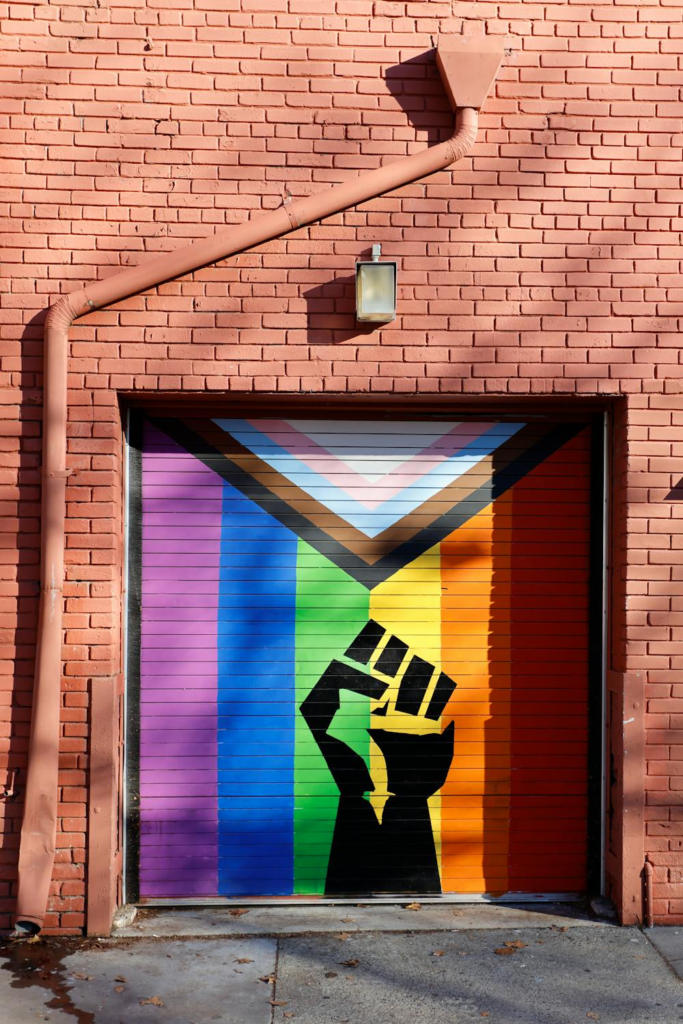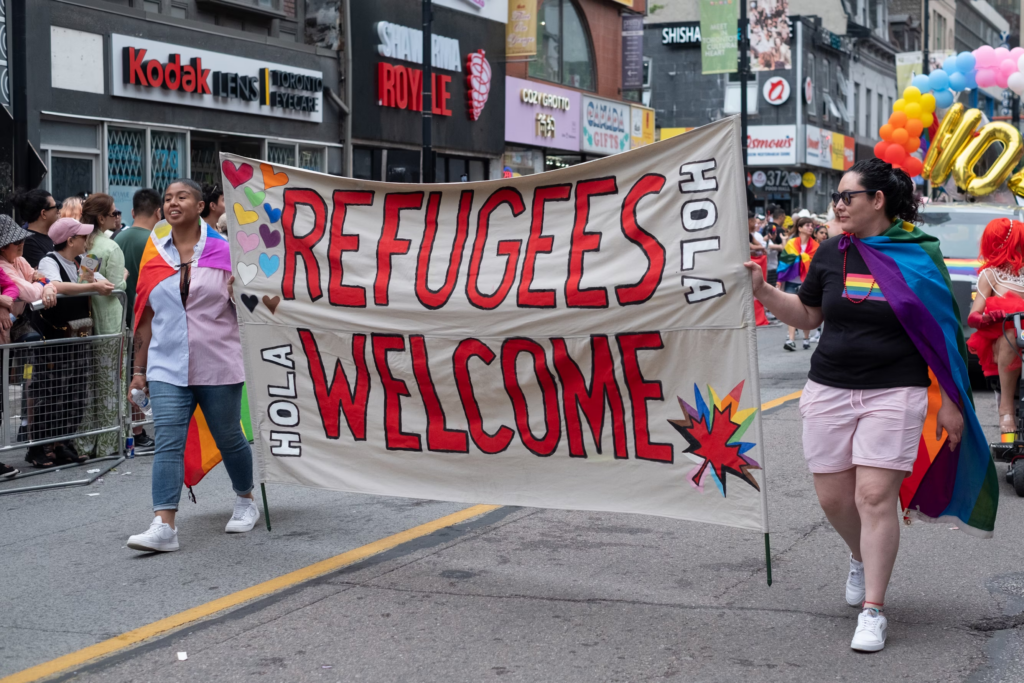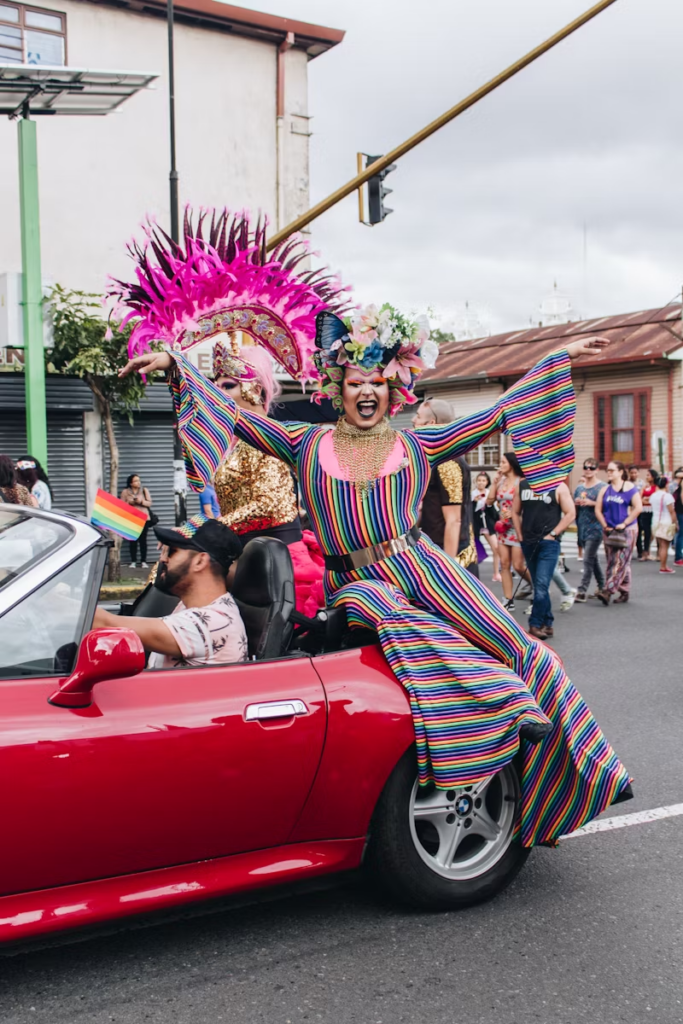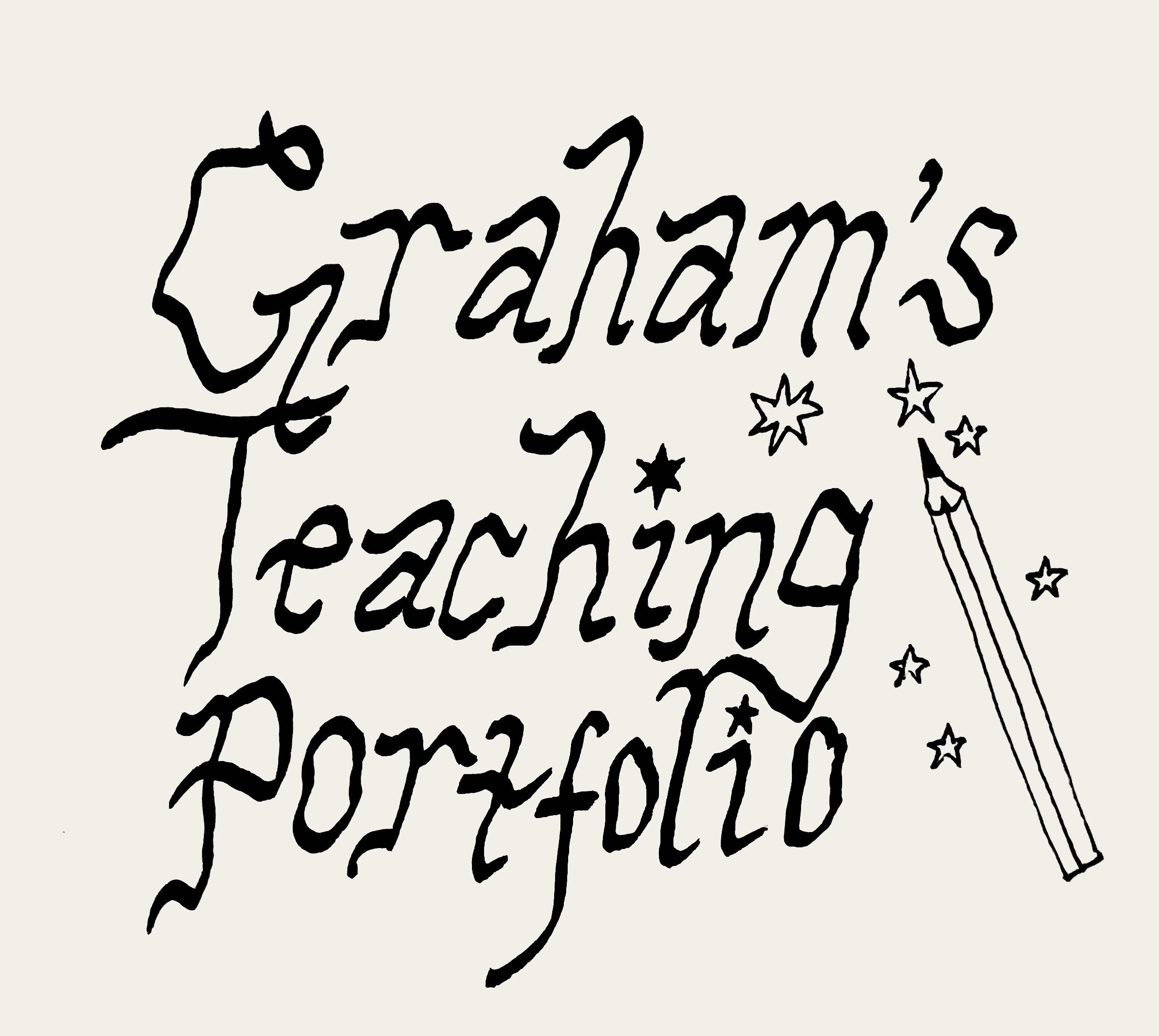
The gorgeous garage above features a version of the progress pride flag, designed in 2018 by Daniel Quasar. The progress pride flag is a redesign of the 1978 pride flag by Gilbert Baker, but with a few key differences. The progress flag features a large triangle pointing to the right, symbolizing the need to keep “moving forward” and progressing towards true inclusivity. The black and brown stripes represent People of Colour who are LGBTQ+, and the pastel stripes represent trans people. This flag features a raised fist, a powerful symbol for the Black Lives Matter Movement that also represents solidarity between many marginalized groups of people. There are other versions of the progress flag to represent specific cultures- for example, a circled double-feather emblem and occasionally medicine wheel are added to represent Two-Spirit and Indigiqueer identities, and the unique experiences of Indigenous people in the LBGTQ+ community. The image below shows another beautiful use of pride flags, incorporated in a sign welcoming refugees to Canada.

Pride flags come in so many unique designs like the people who carry them, because culture, gender identity, and sexual orientation have always been intertwined. Just like the word “hygge” (Danish) has no English equivalent, identities like Kinner (Hindi), Niizh manidoowag (Anishinabeemowin), Yinyang Ren (Mandarin), Boi (African American Vernacular English) or Fa’afafine (Samoan), are so culturally specific and rich in history that other languages usually can’t describe them in one term. In fact, nearly all cultural identities can only be held by a person belonging to that culture because of these rich and complex histories.

But why does this matter for drag story hour? Because children, parents, families (absolutely everyone) deserves to be seen and celebrated, and children- the typical crowd of drag story hour- are at crucial points of developing self-image and worldview. When children see themselves (in terms of cultural or LGBTQ+ identities, or both) represented in positive and accurate ways, it allows them to feel proud of who they are and choose strong role models. There are also important benefits for children who see people different than themselves represented well- it shapes the way they view people, and therefore how they treat them.
This is why drag representation is important not just for uplifting the diverse gender expressions of people, but also for celebrating the diverse cultures people belong to. While I researched for this blog post, I saw came across some amazing artists bringing cultural representation to kids through the DSH organization. Here they are, I strongly recommend giving them a follow or watching their content if you’d like to learn more:
-Landa Lakes (from the Chickasaw Nation) and Lady Shug (from the Dine’ Tribe) on their “La La Landback Tour” https://www.instagram.com/dragstoryhour/reel/CzLx4Tgu8kd/
– Papi Churro and La Dede Camacho celebrate Latine Heritage Month with Drag Story Hour https://www.instagram.com/p/DARcthkRPLI/ https://www.instagram.com/p/DAOARwaRG2F/
– Stormie Daie teaches children about Juneteenth and celebrates African American Scientist and Inventor Day with STEM stories https://www.instagram.com/p/C8ZcYnlxnW4/ https://www.instagram.com/p/C3yr1jNRvH4/
-Harmonica Sunbeam celebrates National Freedom Day with the story “Black is a Rainbow Colour” https://www.instagram.com/p/C2xDuNJuzGH/

Links:
https://www.tandfonline.com/doi/full/10.1080/03626784.2020.1864621#abstract
